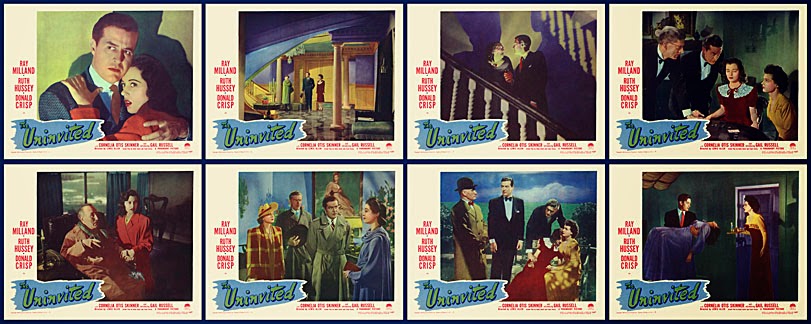The plot is fairly simple. Rosie is seeing petty gangster Dynamite Carson (Robert Armstrong), much to the disgust of Marie, who thinks Rosie can get a more wealthy husband. Dynamite presents Rosie with an engagement ring, but Rosie isn't quite sure (thanks to Marie) that she WANTS to be married to Dynamite. So, she goes out on a date with Jimmy the Dude (Gordon Westcott), who appears to be wealthy, but, it turns out, is an even more petty thief than Dynamite. Jimmy proceeds to steal Rosie's engagement ring, which forces Rosie and Marie to skip town, rather than tell Dynamite how the ring was stolen. The girls disguise themselves as Outdoor Girls of America (shades of The Major and the Minor!) to board the train, then manage to get two men to pay their boat fare to Paris, after they get "stranded" on the ship. However, Dynamite is in hot pursuit, having discovered his ring in Jimmy's possession.
In one of the three films in which they appeared together, Glenda Farrell and Joan Blondell make a fun team. Their chemistry is good, and both can talk at the speed of light - Farrell especially is adept at the rapid dialogue, as noted in the article above. We were amused at the change in mores from the 1930s - our leads are manicurists, and have opted for that occupation because they are more likely to meet wealthy men (something that we are not as used to in the 21st century. The nail salon has become the haven for women, and not even wealthy women). We've noticed this before, primarily in Hands Across the Table, but it is still an interesting cultural phenomena.
Robert Armstrong's Dynamite is not the brightest bulb in the pack. It never occurs to him that Jimmy stole the ring from Rosie (and he lets Jimmy keep it!). He blithely assumes Rosie is engaged to him (he never really ASKS her to marry him - he just presents her with a ring, which he shoves on her finger). The biggest flaw in the character is that he just isn't really all that scary; he's more stupid and obsessed and tenacious. One rather think that the much smarter Rosie could deflect his interest without a great deal of effort, if she wanted to.
Before we go, a few words on two of the supporting players. We have Hugh Herbert
as Junior Ashcraft, a benign, albeit wealthy idiot who serves as a means to get Marie a wealthy husband. At least Herbert wasn't clapping his hands all the time (as you can tell, I'm not a fan). The other is Osgood Perkins as detective
Marcel Duryea. We had never seen Mr. Perkins before, so it was interesting to finally see the father of actor Anthony Perkins. He's good here, though a bit slimy (but he is supposed to be offputting). Perhaps we will get to see him again, though he had a very short film career - appearing in only 21 films before he died of a heart attack at age 37. Robert Armstrong's Dynamite is not the brightest bulb in the pack. It never occurs to him that Jimmy stole the ring from Rosie (and he lets Jimmy keep it!). He blithely assumes Rosie is engaged to him (he never really ASKS her to marry him - he just presents her with a ring, which he shoves on her finger). The biggest flaw in the character is that he just isn't really all that scary; he's more stupid and obsessed and tenacious. One rather think that the much smarter Rosie could deflect his interest without a great deal of effort, if she wanted to.
We leave you with a scene from the film. Gotta love the Pre-codes!











